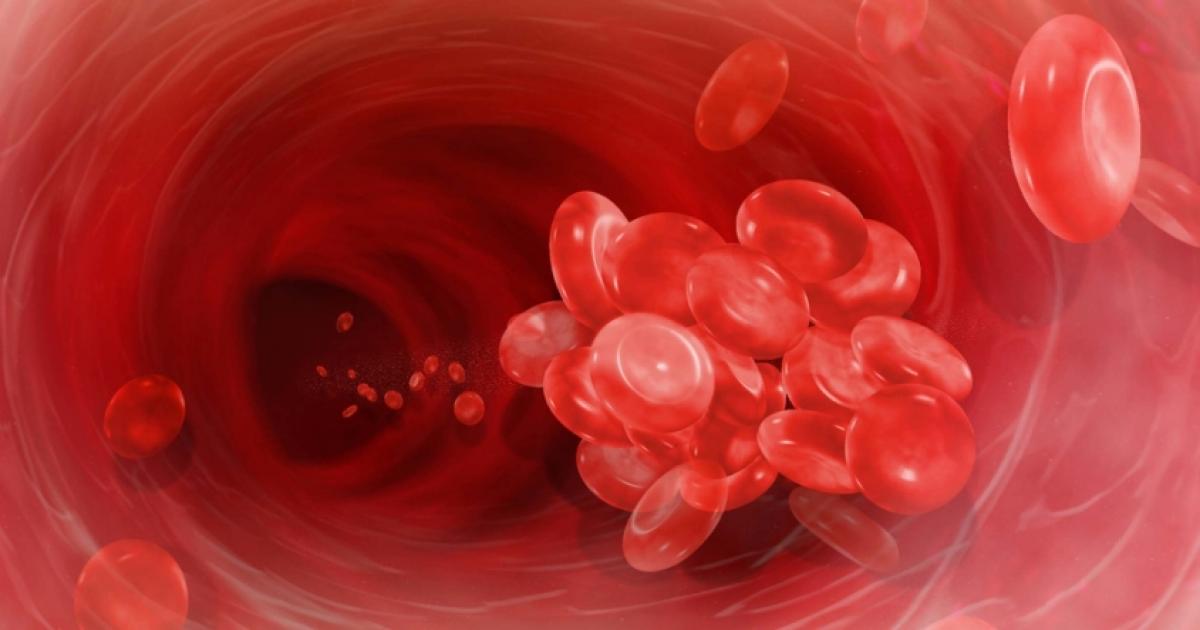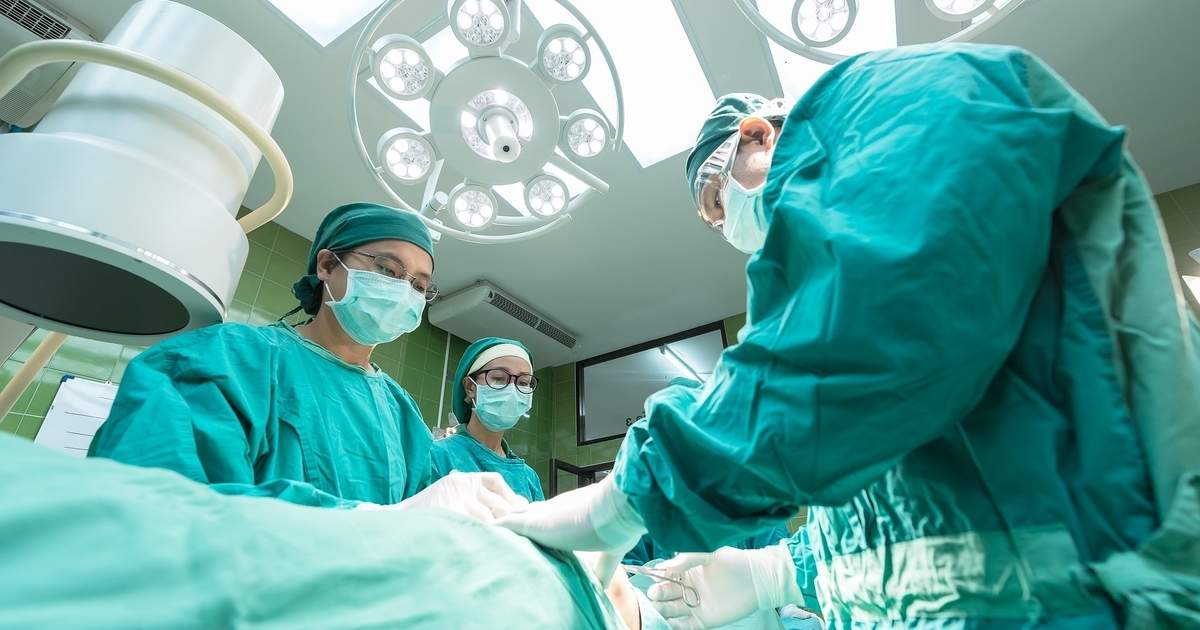How To Prevent And Treat Portal Hypertension
Endoscopic Therapy

If the patient has variceal bleeding, which occurs in the esophagus, endoscopic therapy intervention is usually done first. One procedure involves banding blood vessels to stop the bleeding and get rid of the varices. Banding the blood vessels that are bulging will cut off the blood flow and will create a small ulceration, which will heal quickly. This is a safe procedure for the esophagus because it does not cause any damage. If the banding does not work, the doctor may try sclerotherapy, which involves injecting a blood-clotting solution where the varices are bleeding to stop the bleeding. This solution can be injected directly into the varices, creating a clot, or right next to the varices. This will cause a bulging effect that will cut off the blood flow. Both methods have the chance of being needed more than one time. New varices may present themselves, and the process may need to be repeated.
Radiology Procedures

Two radiology procedures can be attempted if portal hypertension is diagnosed. The first is transjugular intrahepatic portosystemic shunt (TIPS), and involves placing a shunt into the middle of the liver. There is a tunnel made through the liver connecting the portal vein to the hepatic veins using the shunts to keep it open. This means all the blood that normally goes through the entire liver now only goes through part of the liver, because the rest may be damaged. The result of this can be that there is a buildup of toxins, which can affect the brain. Usually, medicines are used in conjunction with this procedure to help the body get rid of the excess toxins. If the medicines are not used after the TIPS procedure, toxins can build up, especially in the brain. These toxins can cause confusion, hepatic encephalopathy, and even death.
Another radiological procedure that can be done is called distal splenorenal shunt (DSRS). During this process, the spleen’s vein is connected to the left kidney. This procedure reroutes the splenic vein without taking blood away from the liver. The purpose is to reduce the pressure of the varies in the stomach and esophagus, thus reducing the bleeding. These procedures do not require open surgery, and are done using interventional radiologists. Image guidance is used to complete the procedure. After they are performed, the patient can generally go home the next day.
